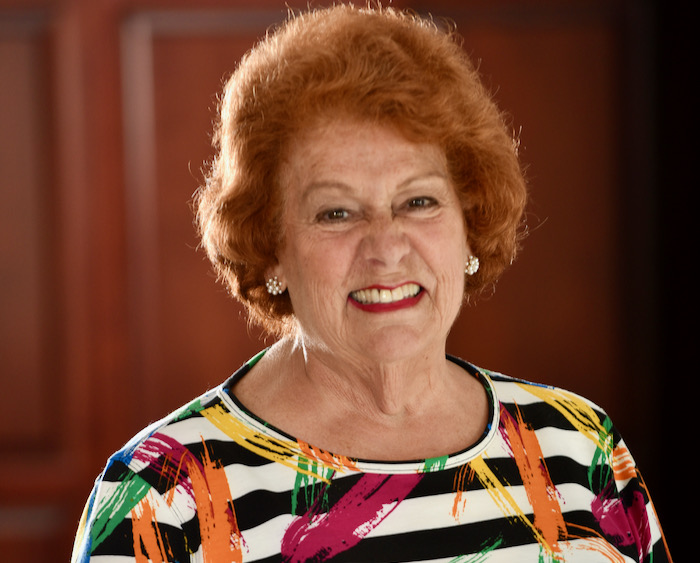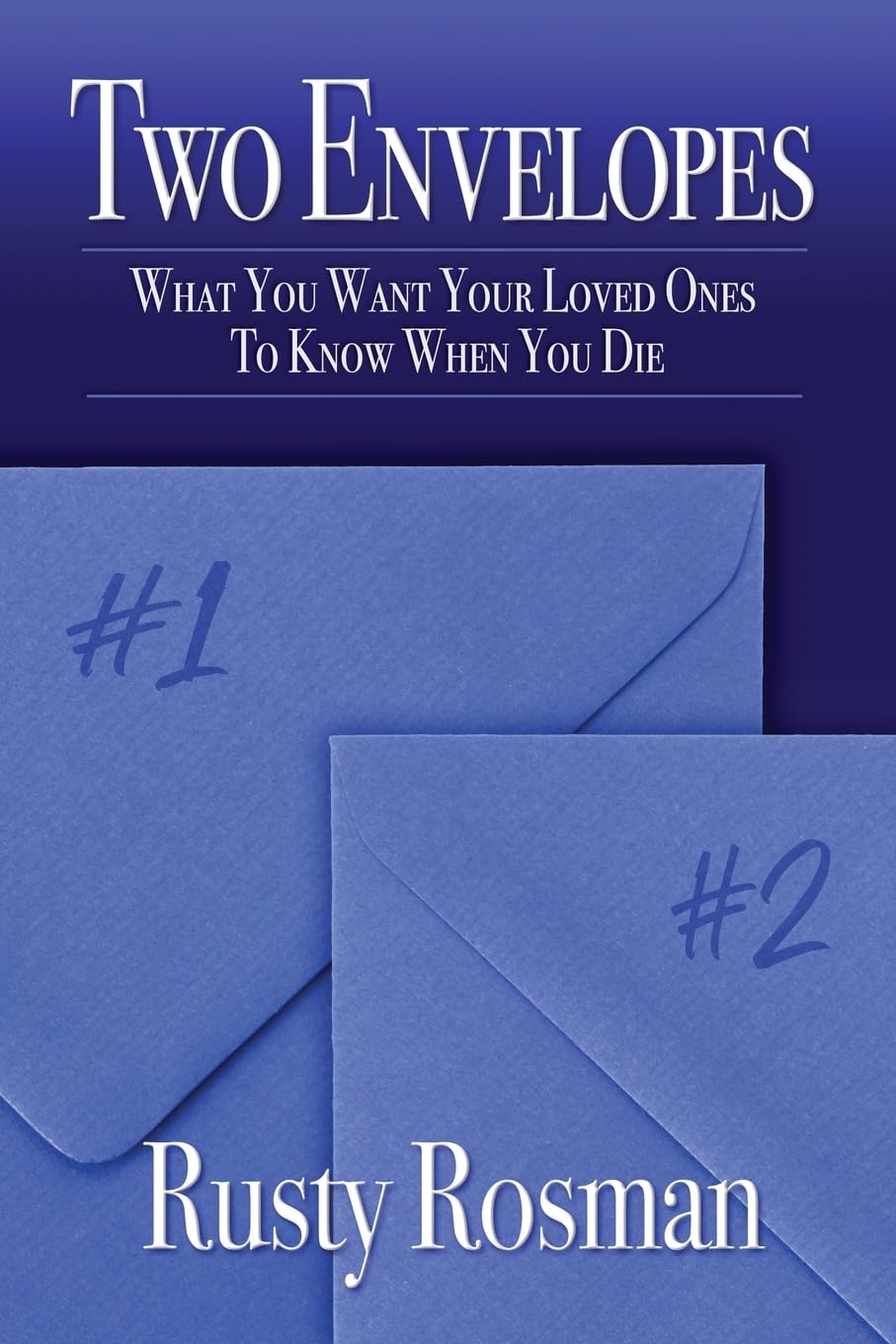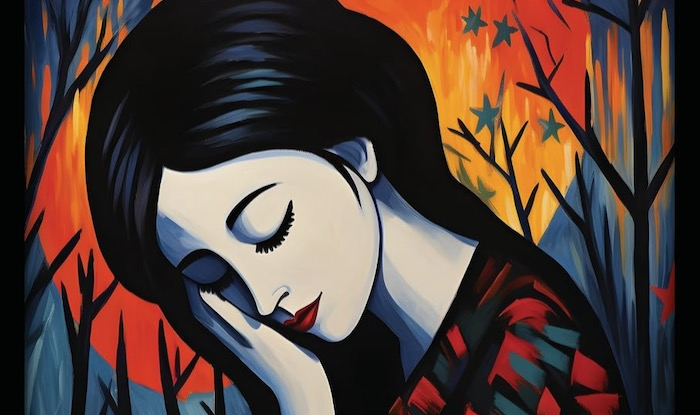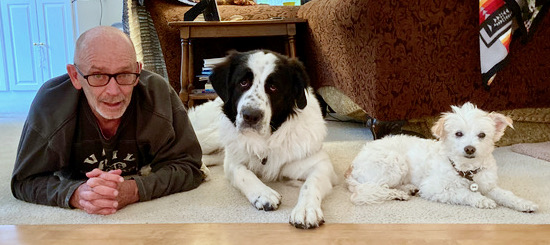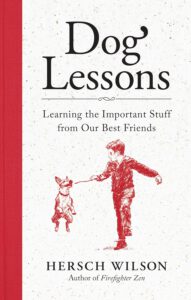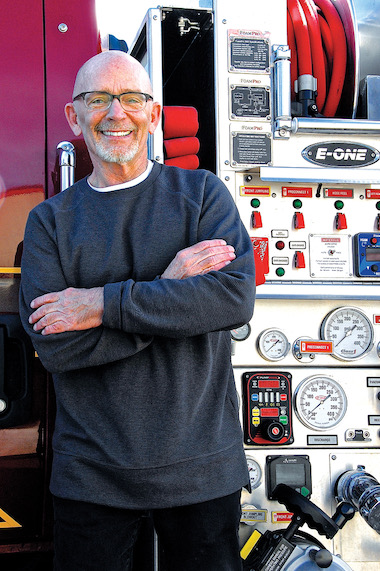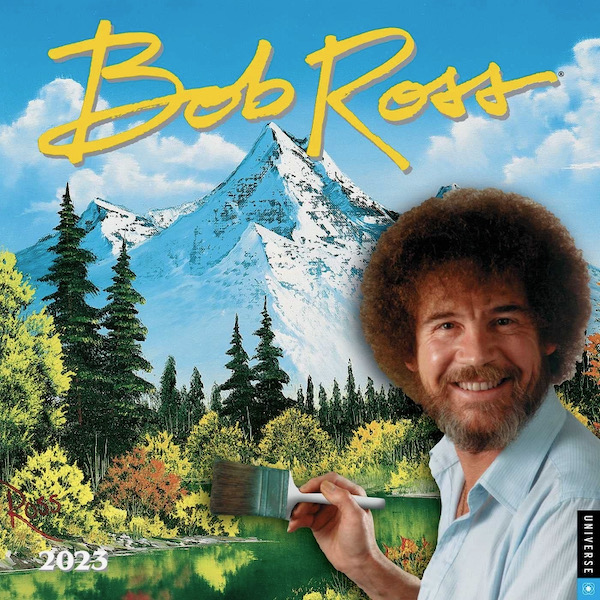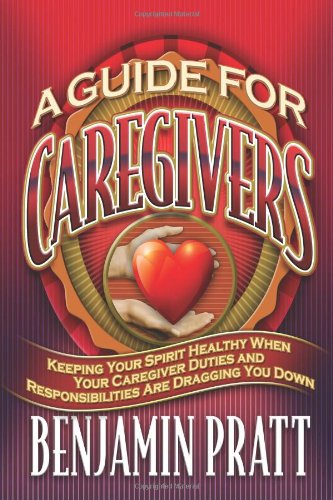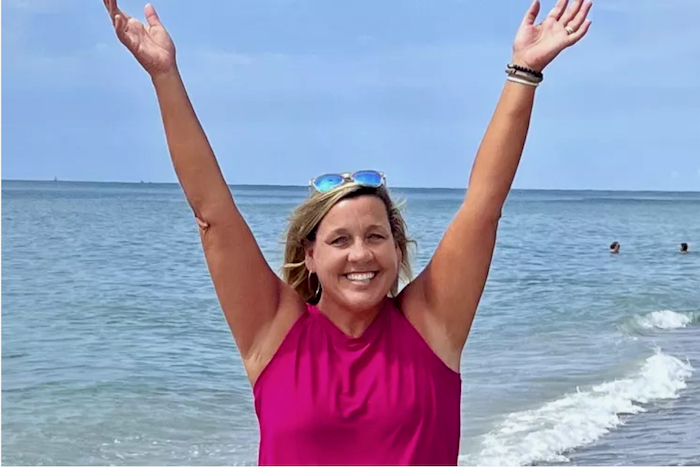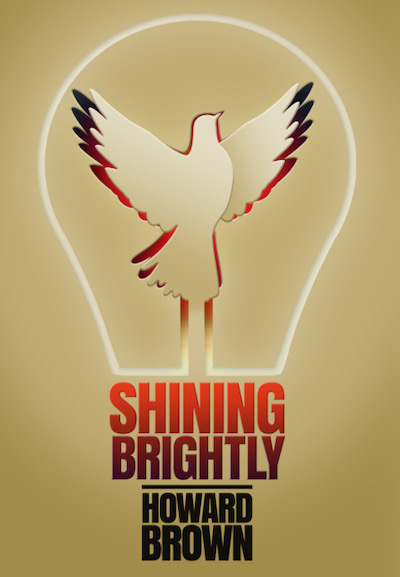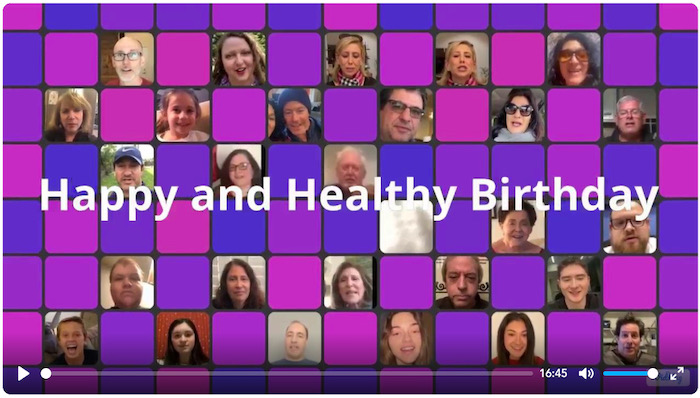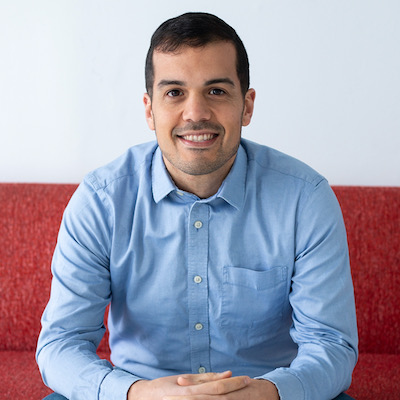Readers are telling Rusty about challenges they have faced—and the value of her ‘Two Envelopes’
Have you discussed with your family: What will you wear?
By DAVID CRUMM
and RUSTY ROSMAN
“The stories I’ve heard!” Rusty Rosman told our publishing-house team this week as we discussed the enthusiastic interest in her new book, Two Envelopes: What You Want Your Loved Ones to Know When You Die. The book’s national launch date is this week: Tuesday, February 20, 2024.
As is the case with most book releases, Rusty already has been meeting with groups of pre-release readers who want to discuss her book. She has been learning a lot from families about what makes this book especially valuable.
“I was surprised by some of the things that can cause big problems in families when a loved one dies,” Rusty said.
Of course, Rusty was not surprised at the deep emotion surrounding the end of life. That’s why she wrote this book—and early reviewers confirm that.
“I truly believe that everyone could benefit from following this guide,” wrote one professional who works with families after a death.
“This book is an incredible gift to/for your family,” wrote another reviewer.
Rusty puts it this way: “We know that three of the most emotional times in our lives are our marriage, birth of our children and the death of a loved one. We cannot predict how we will react at these times but our emotions come out whether we’re expecting them or not. Two Envelopes helps keep chaos at bay when dealing with the emotions of the death of your loved one.”
But what about the question: What will you wear?
“I will admit that I was surprised by the number of people who want to talk about clothing,” Rusty told us this week. “I mean, I knew that was an issue, so I included it in the book—but the stories! I heard more stories about clothing than I expected.”
As you read this column, are you wondering about that question yourself?
Eventually, families confront this question. So, Rusty wrote the following to explain more about this often very challenging question:
One of the most emotional topics of family discussion when a loved one dies—and it can even become an argument—is what their loved one will wear for viewing and burial. Even if cremation is chosen, there often is a viewing before the final service.
I am amazed at how emotional this topic is. So many people have shared heartbreaking stories with me, which brings me to write about this—so your family can avoid this troubling conversation.
My recommendation in Two Envelopes is clear: Don’t leave this question for someone else to answer. You need to think about your life and how you want your clothing to reflect your life choices. Do you prefer a more formal approach such as a suit—or is the joy you had, for example, as a farmer better reflected in your coveralls? Is a dress from a special occasion what you want to wear when your loved ones and friends come to your viewing or does more casual clothing reflect who you are?
It’s amazing how controversial clothing is when your loved ones are left to answer this question. A member of one family told me that they almost came to blows over this issue—and, once a decision was made, some siblings are still angry and not speaking to one another.
Let me be clear about this: Clothing choice should not be the end of the road for family relationships!
So, I advise readers of Two Envelopes to write down what you want. That’s one of many, many details I advise readers to write down and place in the two envelopes mentioned in the book’s title.
Do you have a beloved baseball cap you always wore? A favorite outfit or scarf? What
clothing reflects who you are? Choose how you want to be dressed. No one really knows what
you want but you.And here’s another tip about clothing: Sometimes many years and pounds have passed since you made your clothing choice. You might want to revisit your choice and change your preference—which is easy when your wishes are available in your handy envelopes. You can simply change the information in the envelopes.
One woman told me about a friend who made it known that her preferred outfit could be found on a pink satin hanger in her closet. Except, when she died, friends discovered the hanger was empty! So many years had passed, and her size had changed, so she had given that outfit away—but had forgotten to replaced it on the special hanger.
What to do!?! Well, those friends were at a loss, but I explain in my book the importance of quickly making such changes by revising the notes in your envelopes. I also advise people to describe the general type of clothing they prefer, which is helpful if you don’t have a specific outfit set aside. Guide your loved ones so they won’t start arguing about it.
Now, be honest: As you read this column, are you shaking your head? Does this sound ridiculous?
Well, it most definitely is not.
Recently, a man told me how upset he still is years after his father died, because his father was buried in a suit. Siblings fought about what their father should wear and the suit won out. “But Dad never wore a suit to work in his life! I’m still upset about that,” this man told me. Had his father been given the opportunity to make his choice clear to his family, this son is convinced that the suit would have been avoided. Years have passed and he’s still upset about that.
Although the choice of clothing is so important—it should not be fuel for a family fight.
That’s the reason I wrote Two Envelopes.
Yes, this book is a guide to end-of-life decisions, but really—it’s a step-by-step process you can follow at your own pace, now, to keep the chaos of family arguments from overlaying your loved ones’ grief someday.
.
.
Get the book and connect with Rusty now
You can pre-order your copy right now in hardcover, paperback or Kindle from Amazon.
Or, if you prefer, you can order hardcover, paperback or eBook from Barnes & Noble.
Even the giant retailer Walmart has decided to carry this book among its online offerings.
In fact, you can buy this book from bookstores nationwide. If you have a favorite neighborhood bookstore, stop in now and ask at the counter to pre-order a copy of Two Envelopes. Rusty’s book is distributed worldwide by the wholesale giant Ingram, which serves nearly every bookstore in North America.
AND CONSIDER CONNECTING WITH RUSTY
In 2024, Rusty Rosman will be crisscrossing the U.S. both in person and virtually. She’s a delightful speaker and workshop leader who you can invite to appear easily via Zoom if you would like her to talk with your small group or class.
How do you reach Rusty? Simply visit this Front Edge Publishing author page, scroll down a bit and you will find all of Rusty’s contact information.
